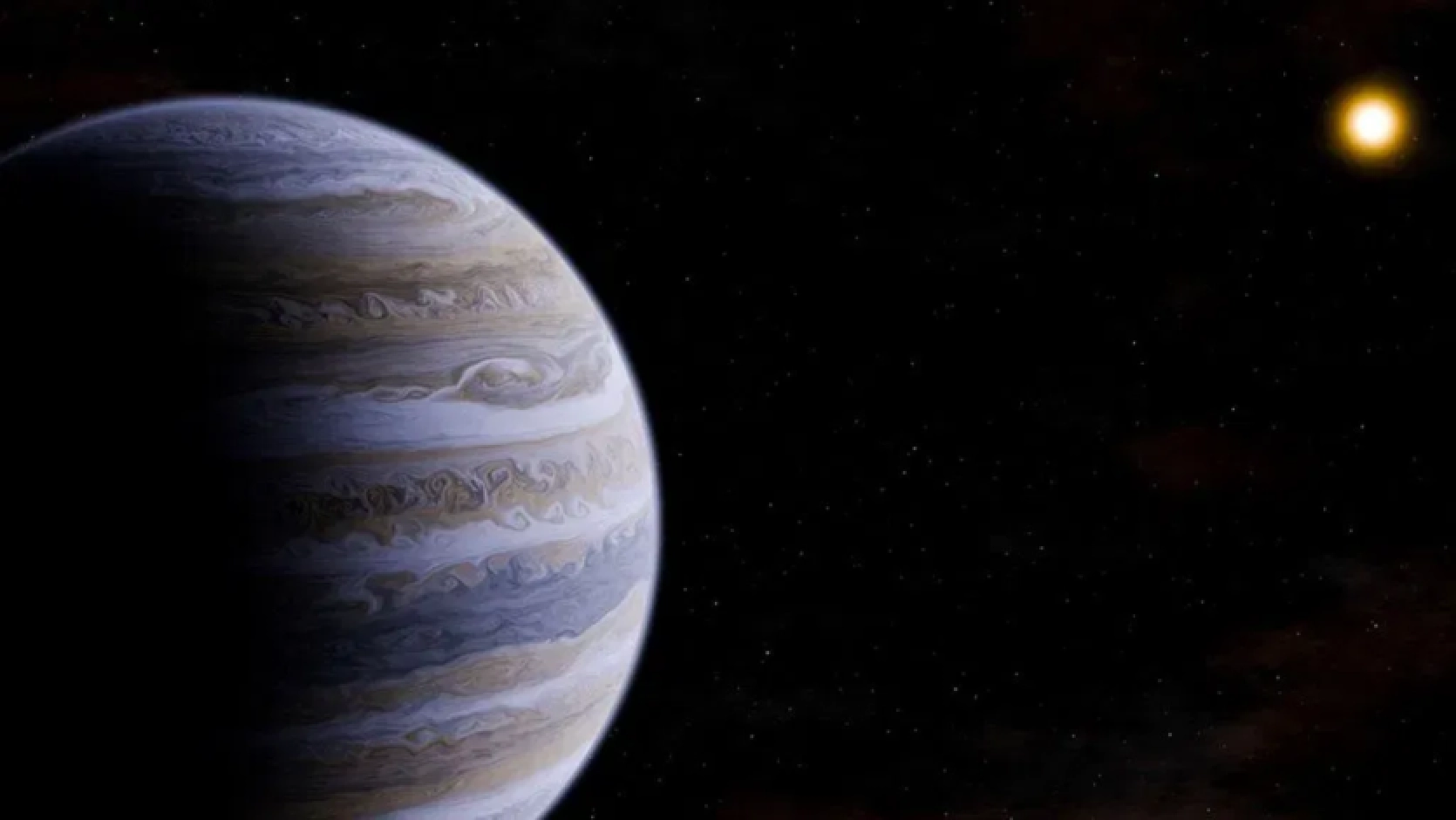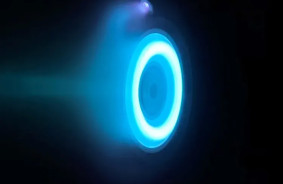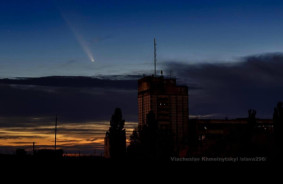By its weight, it surpasses Jupiter by six times.
The James Webb Space Telescope (JWST) has captured a direct image of a new planet, which turned out to be a cold gas giant located in the Epsilon Indi system, just 12 light-years away from Earth.
This super-Jupiter is situated at a distance that is 20 to 40 times greater than the distance between Earth and the Sun. The star Epsilon Indi A, around which the planet orbits, is an orange dwarf, smaller and cooler than the Sun. As a result, the surface temperature of the planet, named Epsilon Indi Ab, is approximately 0°C, which is significantly colder than the scorching “hot Jupiters” often found in exoplanet studies.
The observations were made possible thanks to the unique capabilities of the JWST. Since the system is only 12 light-years away from us, it became an ideal target for direct observation. However, the brightness of the star could have hindered the detection of the planet. To address this challenge, scientists used the Mid-Infrared Instrument (MIRI) equipped with a coronagraph—an instrument that creates an artificial eclipse of the star, allowing visibility of what would otherwise be concealed by its glare.
Elisabeth Matthews, the lead author of the study from the Max Planck Institute for Astronomy (MPIA), remarked:
“We were thrilled when we realized we had captured an image of a new planet. To our surprise, the bright spot that appeared in the MIRI images did not match the expected location of the planet. Previous research had correctly identified the planet in this system but underestimated the mass of this gas giant and its orbital distance.”
The scientists meticulously checked whether the detected signal indeed belonged to the planet rather than a more distant background object. Leindert Boogaard, a co-author of the study, confirmed that the probability of the signal originating from an extragalactic source is very low.
Currently, scientists suspect that the planet’s atmosphere contains carbon molecules, such as methane and carbon dioxide, or clouds. Further observations with JWST will provide more detailed information on the planet's climate and chemical composition.
Thomas Henning, a co-author of the study, expressed hopes for conducting spectral analysis of the planet to gain deeper insights into its atmosphere. Matthews added that future observations are planned for other nearby planetary systems to search for cold gas giants that may have previously gone undetected.
The scientific article discussing the research results is published in the journal Nature.
Source: Iflscience














Comments (0)
There are no comments for now